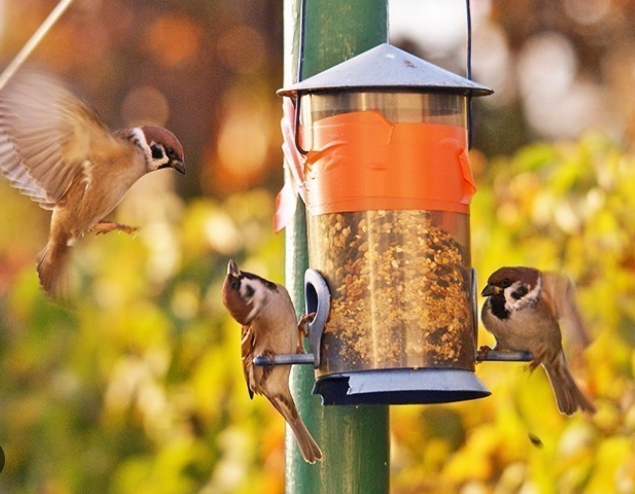Sparrows are a common sight in urban and rural areas, often seen darting around parks and gardens in search of food. While it may seem like they eat just about anything, their eating habits may surprise you.
Diverse Diet
Sparrows are omnivores, which means they eat a variety of foods. In addition to seeds and grains, sparrows also consume insects, spiders, and even small vertebrates like lizards and baby birds. This diverse diet helps sparrows survive in different environments and seasons.
Sparrows in the City
Urban sparrows have adapted their eating habits to take advantage of human food sources. They are known to scavenge for scraps of food left by humans, such as crumbs from picnics or discarded fast food. Some studies have even found that urban sparrows have higher cholesterol levels due to their high-fat diet.
Feeding Frenzy
Sparrows are known for their gregarious nature, often forming large flocks to feed together. This behavior not only helps them find food more efficiently but also provides protection from predators. When food is abundant, sparrows can be seen feeding in a frenzied manner, quickly devouring whatever they can find.
Seasonal Changes
During the breeding season, sparrows often switch to a diet high in protein to support egg production and chick rearing. This diet may include more insects and caterpillars, which are rich in nutrients. In the winter, sparrows rely more on seeds and grains to sustain them through the colder months.
Conclusion
While sparrows may seem like simple birds, their eating habits are surprisingly diverse and adaptable. By being omnivorous, urban scavengers, and flock feeders, sparrows have found ways to thrive in a variety of environments. Next time you see a sparrow pecking at the ground, take a moment to appreciate the complexity of their eating habits.

